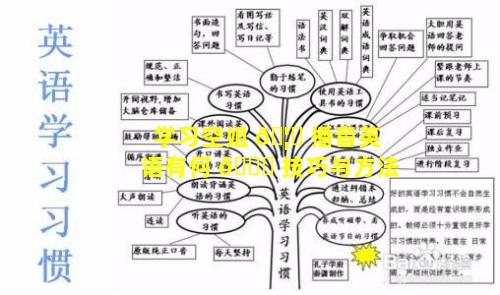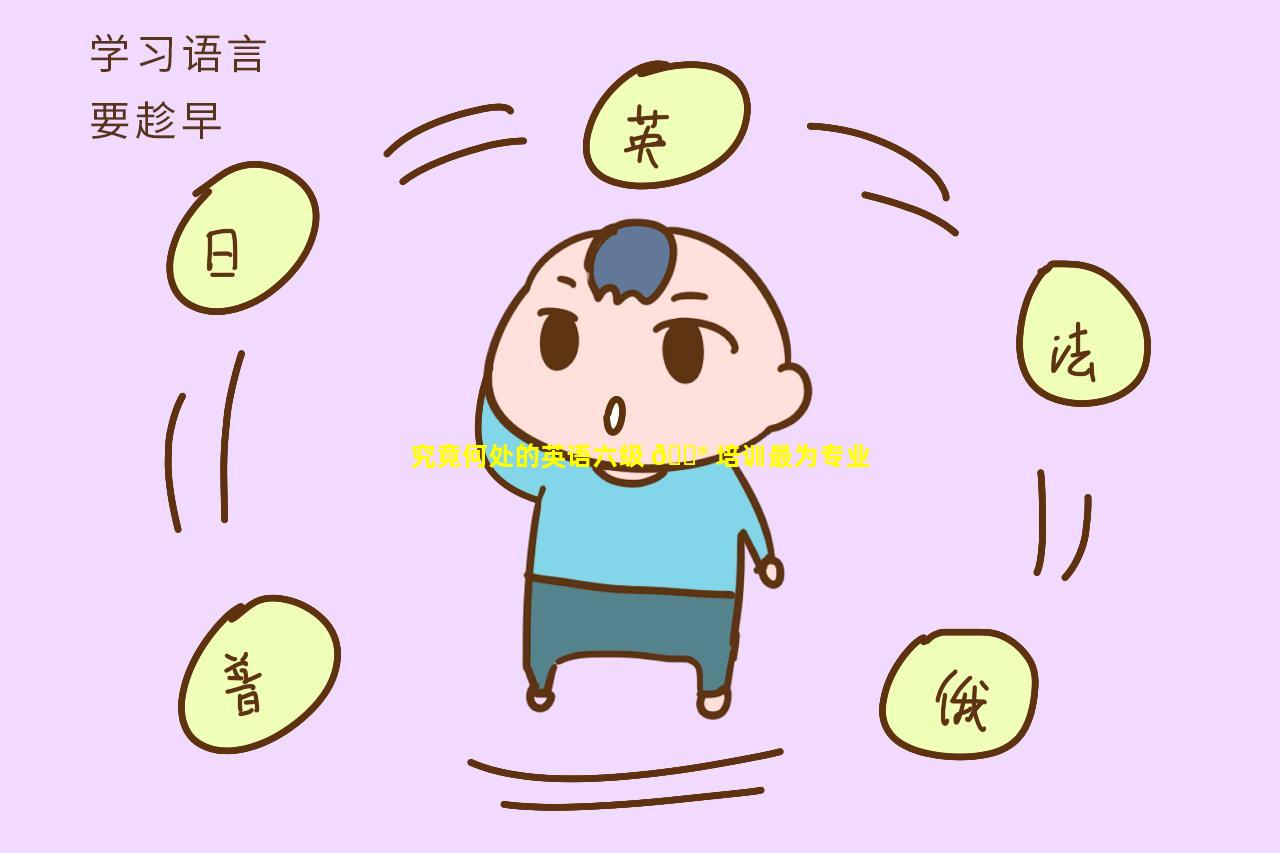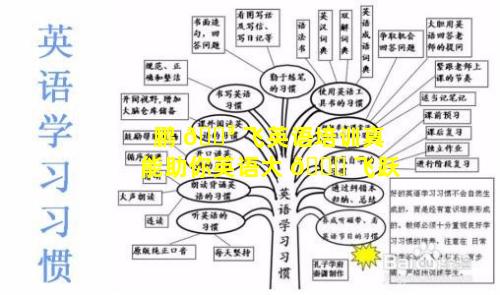茶学专业英语是否仅用英语讲茶知识
- 作者: 朱希柚
- 来源: 投稿
- 2024-10-01
1、茶学专业英语是否仅用英语讲茶知识
否。茶学专业英语不仅涉及用英语讲解茶知识,还包括:
茶文化的介绍:茶道、茶礼、茶历史等
茶叶相关学术研究:茶叶的化学成分、栽培技术、加工工艺等
茶叶行业动态:茶叶市场、茶叶生产、茶叶贸易等
国际茶叶交流:与其他国家和地区的茶叶专家交流、合作等
2、茶学专业英语是否仅用英语讲茶知识的

3、茶学专业用英语怎么说
Tea Science
4、茶学专业英语课文翻译
Chapter 1: Introduction to Tea Production
Tea: A Global Beverage
Tea is one of the most widely consumed beverages in the world, after water. It is estimated that over 3 billion people drink tea daily. Tea is grown in over 30 countries, with China, India, and Kenya being the top producers.
Tea Plant and Cultivation
The tea plant, Camellia sinensis, is an evergreen shrub that can grow up to 10 meters in height. Tea plants are typically grown in tropical and subtropical climates, at altitudes between 500 and 1,500 meters.
Tea Processing
Tea processing involves several steps, including:
Plucking: The tender shoots of the tea plant are plucked by hand or by machine.
Withering: The leaves are allowed to wilt in the shade for several hours, which helps to remove some of the moisture.
Rolling: The leaves are rolled to break down the cell walls and release their flavor.
Fermentation: The leaves are fermented for a period of time, which allows the flavors to develop.
Drying: The leaves are dried to remove any remaining moisture.
Types of Tea
There are many different types of tea, depending on the processing method used. The main types of tea are:
Green tea: Green tea is made from unfermented leaves. It has a light, delicate flavor and is known for its health benefits.
Black tea: Black tea is made from fully fermented leaves. It has a strong, robust flavor and is the most popular type of tea in the world.
Oolong tea: Oolong tea is made from partially fermented leaves. It has a floral flavor and is known for its health benefits.
White tea: White tea is made from the unopened buds of the tea plant. It has a delicate, sweet flavor.
Puerh tea: Puerh tea is a fermented tea that is aged for many years. It has a rich, earthy flavor.
Chapter 2: Tea Culture and Consumption
Tea Culture
Tea has a long and rich history in many cultures around the world. In China, tea has been consumed for thousands of years and is an important part of Chinese culture. Tea is also an important part of Japanese culture, and the Japanese tea ceremony is a highly ritualized form of tea drinking.
Tea Consumption
Tea consumption varies widely around the world. In China, India, and the United Kingdom, tea is the most popular beverage. In other countries, such as the United States, coffee is the more popular beverage.
Health Benefits of Tea
Tea has been shown to have a number of health benefits, including:
Reduced risk of heart disease: Tea contains antioxidants that have been shown to reduce the risk of heart disease.
Improved brain function: Tea contains caffeine, which can improve alertness and focus.
Lowered risk of cancer: Some studies have shown that tea may help to lower the risk of certain types of cancer.
Weight loss: Tea can help to boost metabolism and may aid in weight loss.
Chapter 3: The Tea Industry
Tea Production
The global tea industry is a multibillion dollar industry. China is the world's largest producer of tea, followed by India, Kenya, and Sri Lanka.
Tea Trade
Tea is traded all over the world. The major tea markets are Europe, North America, and Asia.
Challenges Facing the Tea Industry
The tea industry faces a number of challenges, including:
Climate change: Climate change is having a negative impact on tea production in some regions of the world.
Labor shortages: The tea industry is facing a shortage of labor, as many young people are moving to urban areas for betterpaying jobs.
Pests and diseases: Tea plants are susceptible to a number of pests and diseases.
The Future of the Tea Industry
Despite the challenges it faces, the tea industry is expected to continue to grow in the coming years. The growing demand for tea in emerging markets, such as China and India, is expected to offset the decline in consumption in traditional markets.




